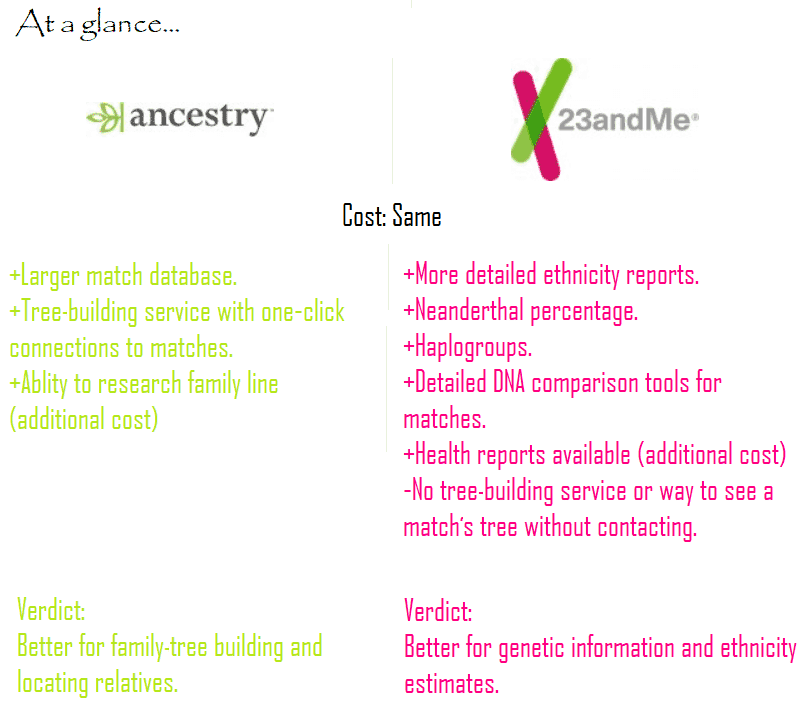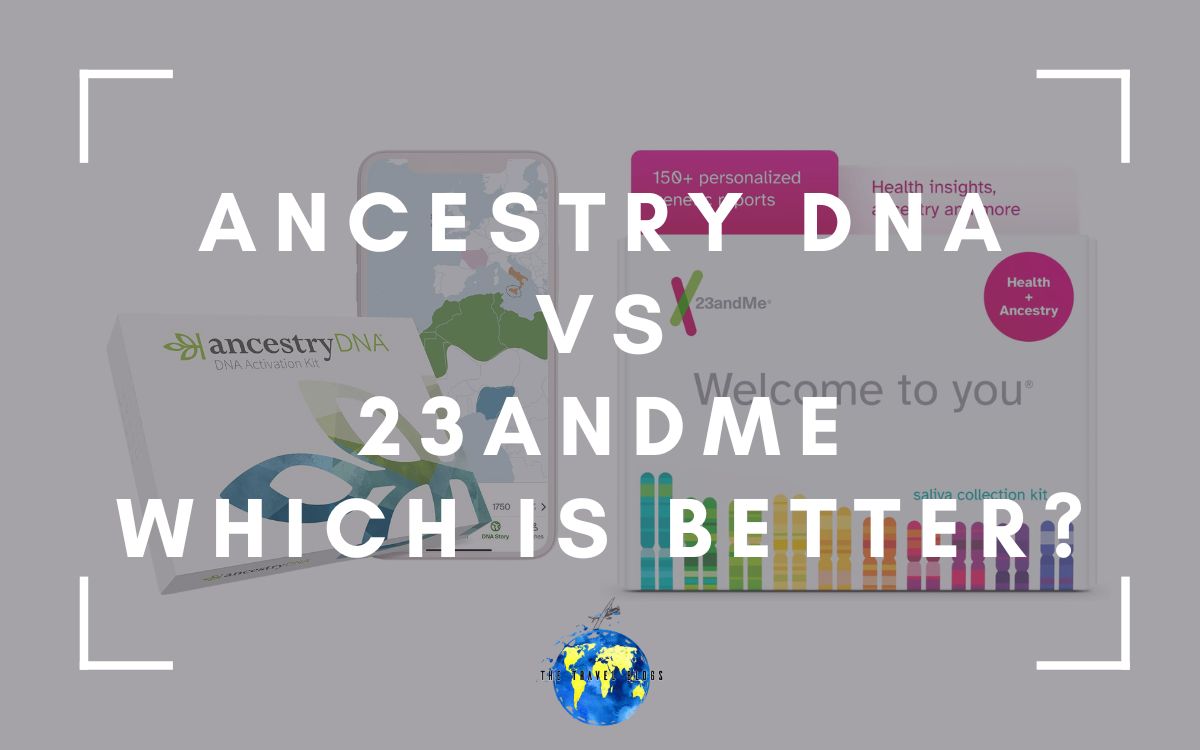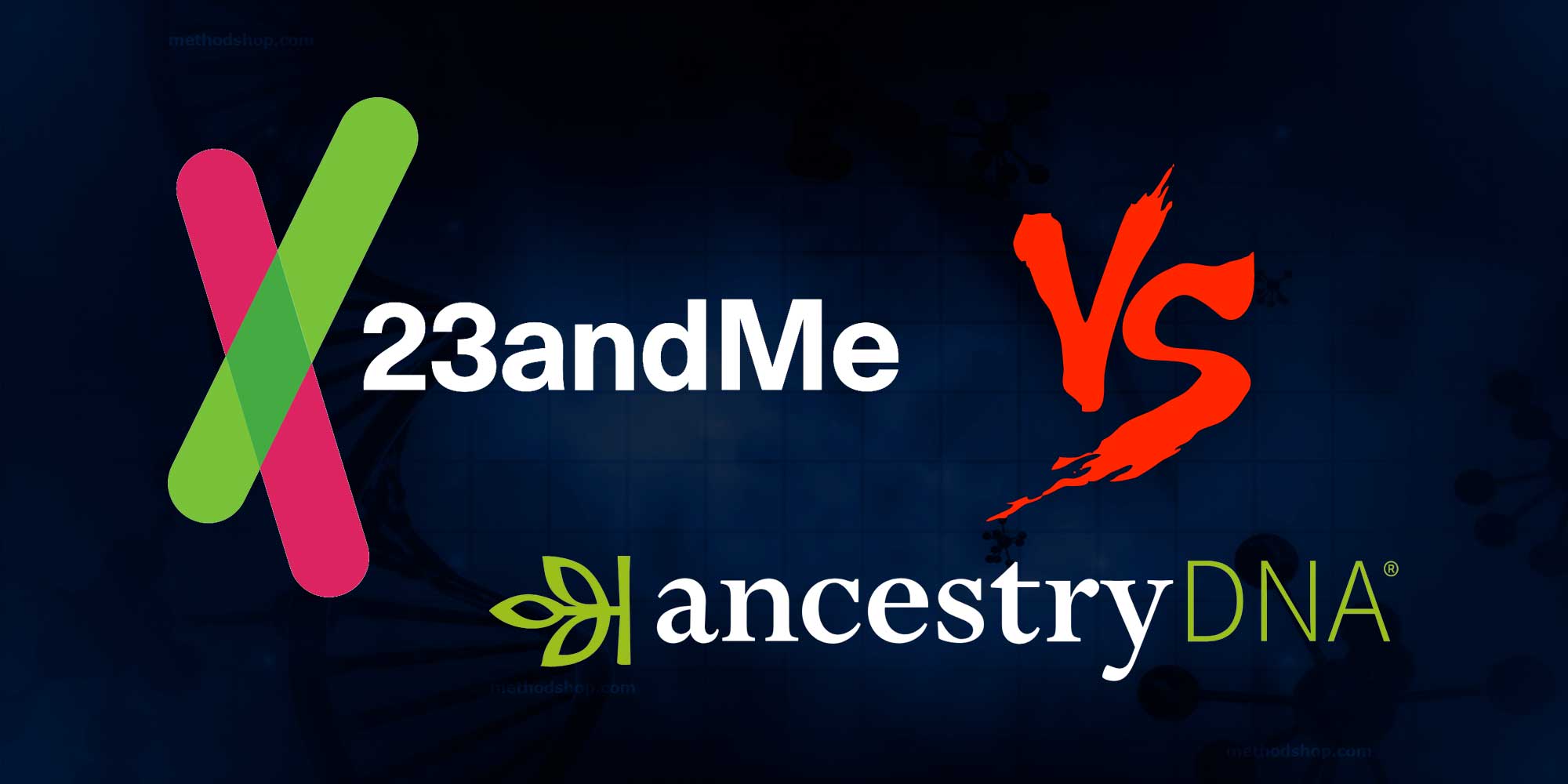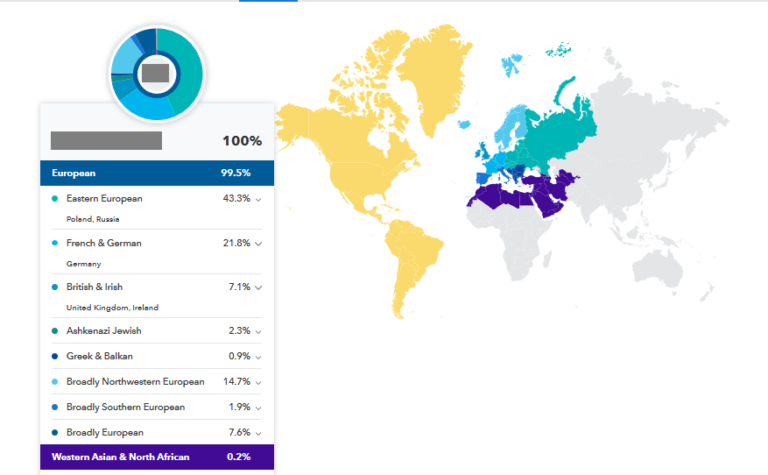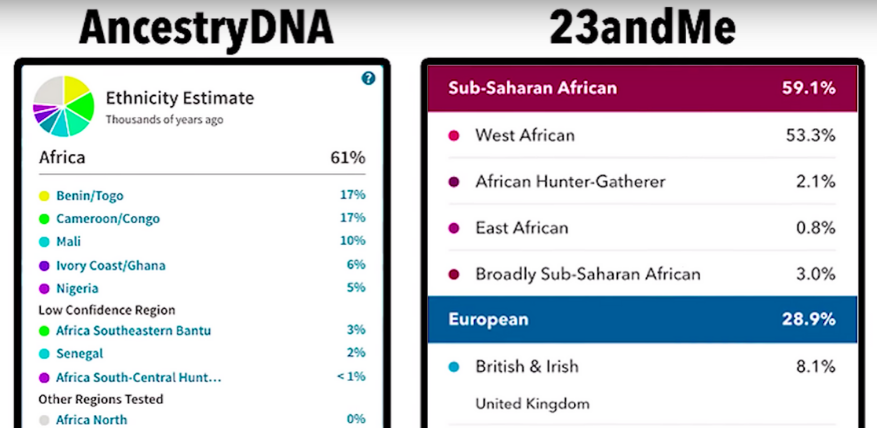What Is The Difference Between 23andme And Ancestry

For those curious about their heritage or health predispositions, direct-to-consumer (DTC) genetic testing has become increasingly popular. Two leading companies in this field, 23andMe and AncestryDNA, offer consumers insights into their ancestry and genetic traits. While both services utilize DNA analysis, they differ significantly in their focus, features, and pricing.
Understanding these differences is crucial for individuals considering taking a DNA test. This article provides a detailed comparison between 23andMe and AncestryDNA, helping potential users make informed decisions based on their specific interests and needs. The key lies in pinpointing what you want to learn from the DNA testing experience, whether it's health insights or comprehensive family history.
Core Focus and Features
23andMe is primarily focused on both ancestry and health-related genetic information. The company's ancestry service provides ethnicity estimates, identification of genetic relatives, and a timeline of one's ancestral migration. Furthermore, 23andMe offers a range of health reports including carrier status for certain diseases, genetic predispositions to various health conditions, and insights into traits like muscle composition and lactose intolerance.
In contrast, AncestryDNA heavily emphasizes genealogical research and family history discovery. While it also offers ethnicity estimates and helps users connect with living relatives, its strength lies in its extensive database of historical records and family trees. AncestryDNA leverages its vast resources to help users build detailed family trees and uncover historical context surrounding their ancestors.
Ancestry Analysis
Both companies provide ethnicity estimates that break down a user's genetic heritage into percentages associated with different regions worldwide. However, the accuracy and granularity of these estimates can vary. 23andMe typically offers a more refined breakdown of ancestry with over 2,000+ regions, particularly within Europe, while AncestryDNA utilizes its own reference panel of 70,000 DNA samples that also has over 2,600 regions.
The way these estimates are calculated differs. 23andMe uses a global reference panel to compare a user's DNA to reference populations with known origins. AncestryDNA compares a user's DNA to that of other AncestryDNA users with well-documented family histories.
Health Reports
A significant differentiating factor is 23andMe's health reports. The company provides insights into a user's genetic predisposition to certain diseases, such as type 2 diabetes and late-onset Alzheimer's disease. It also offers information about carrier status for inherited conditions like cystic fibrosis and sickle cell anemia.
AncestryDNA does not offer health reports directly. However, Ancestry.com has partnered with other companies to offer wellness and health add-ons. Be mindful to check terms and conditions before signing up.
Database Size and Matching
Both companies have massive databases of DNA samples, which is crucial for identifying genetic relatives. AncestryDNA boasts a database exceeding 25 million users, making it the largest of its kind. This extensive network increases the likelihood of finding distant relatives and building a comprehensive family tree.
23andMe has a considerable database as well, with over 14 million customers. The larger the database, the better the chances of finding more matches and expanding family trees. But in the end, it is about the quality of information provided.
Pricing and Subscription Models
The pricing structures of 23andMe and AncestryDNA also differ significantly. 23andMe offers two main kits: one for ancestry only and one for both ancestry and health. The health + ancestry kit is more expensive, reflecting the additional analysis and reports provided.
AncestryDNA offers a single DNA testing kit for ancestry analysis. However, accessing historical records and advanced genealogical tools on the Ancestry.com website requires a separate subscription, which can be billed monthly or annually.
Privacy Considerations
Both 23andMe and AncestryDNA have faced scrutiny regarding user data privacy. Both companies have policies in place to protect user information, but it's essential to understand these policies before submitting a DNA sample. 23andMe allows users to control whether their data is used for research purposes.
AncestryDNA also has similar policies, but it's crucial to review them carefully. Both companies provide options for deleting data or withdrawing consent from research participation. Users should carefully consider the implications of sharing their genetic information with any third party.
Conclusion
Ultimately, the best choice between 23andMe and AncestryDNA depends on individual priorities. If the primary goal is to learn about potential health risks and genetic predispositions, 23andMe is the clear choice. If the main interest lies in building a detailed family tree and exploring genealogical records, AncestryDNA is the better option.
Carefully consider what you prioritize in your research to make the best decision. Both companies offer unique features that give unique insights and help discover new and exciting details about yourself.

